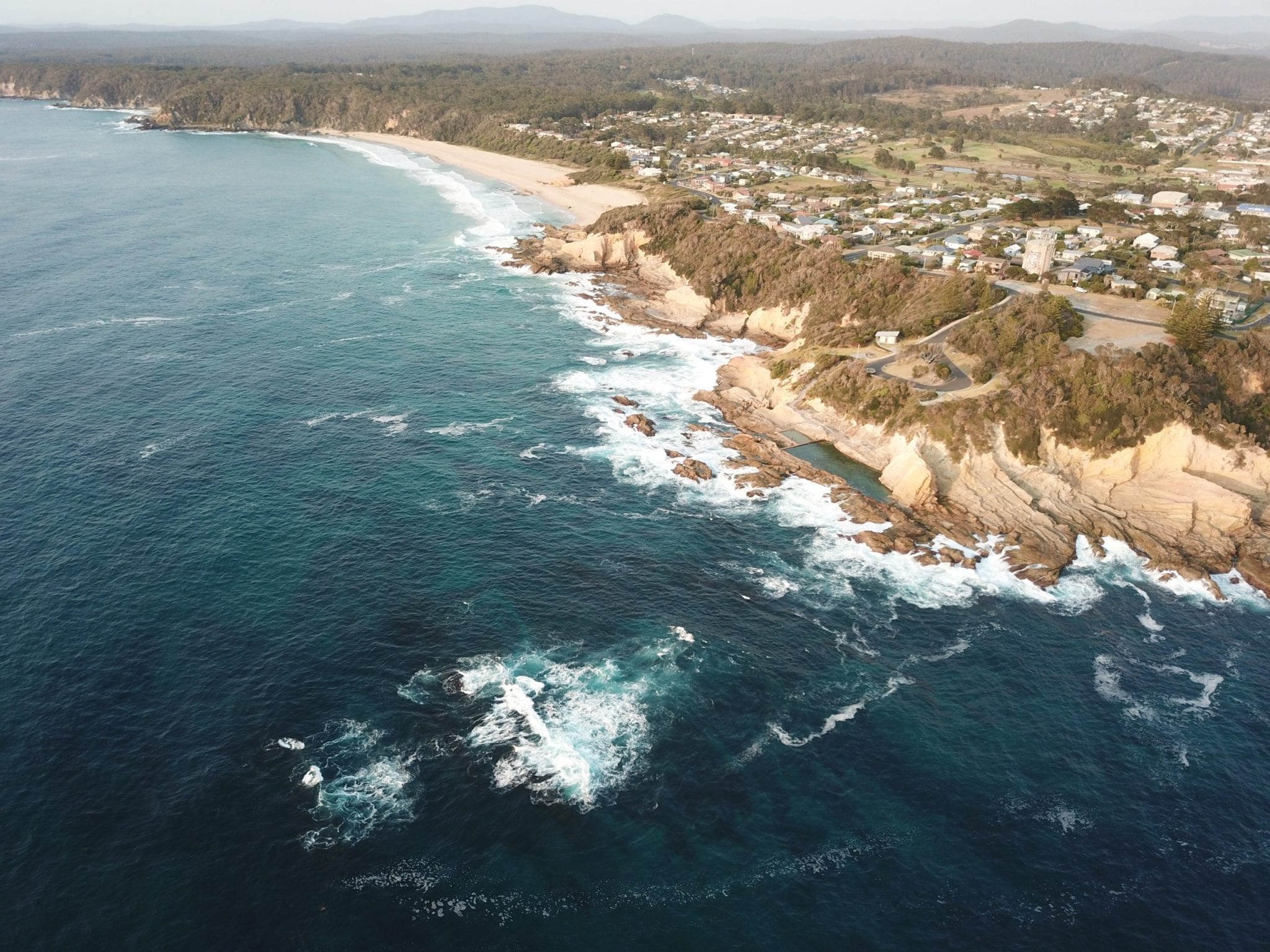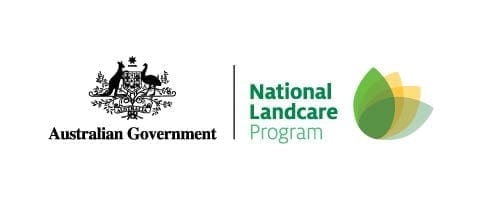This initiative seeks to control populations of the long-spined sea urchin (Centrostephanus rodgersii) which have fed voraciously on marine vegetation.
Populations of the long-spined sea urchin have exploded in recent years on the Australian east coast. The urchin barrens that form as a result of this pose a threat to native biodiversity and undermine profitable harvesting of C.rodgersii as a commercial species. OceanWatch has partnered with the NSW Abalone Association to manage urchin numbers and enhance the reef where these barrens have formed. The project also includes the development of and training in the Environmental Code of Practice for the Abalone, and Sea Urchin and Turban Shell (SUTS) fisheries.
Divers from the Abalone and SUTS fisheries are working to reduce the density of urchins at four urchin barrens (8 ha) in NSW until mid-2021. This can aid in enhancing seaweed habitats, thereby improving biodiversity, and can also improve remaining urchin roe quality as well as increasing the abundance of quality abalone.
REEF ENHANCEMENT SITES
All Sites are located on the NSW South Coast between Bermagui and the Victorian Boarder, the sites include:
Bermagui Blue Pools
Tathra: Cowdroys and Moon Bay
Saltwater
Disaster Bay

CODE OF PRACTICE AND TRAINING
OceanWatch has worked closely with the NSW Abalone Association to develop a voluntary Environmental Code of Practice for the Abalone and SUTS Fisheries. This code has been endorsed by the industry peak body.
The Code of Practice is being extended into a training Package for SUTS and Abalone divers. The training is being rolled out in 2021.
THE ULTIMATE URCHIN CHALLENGE
This project is supported by OceanWatch Australia, through funding from the Australian Government’s National Landcare Program and the NSW Abalone Association

